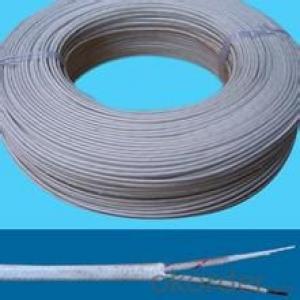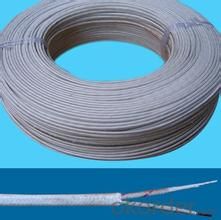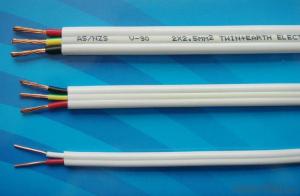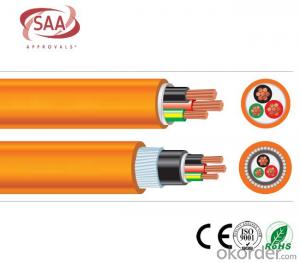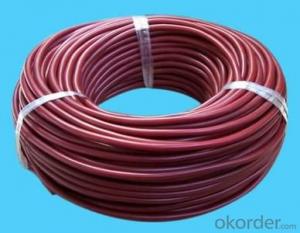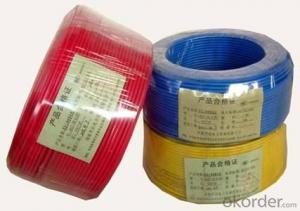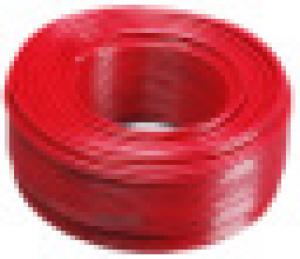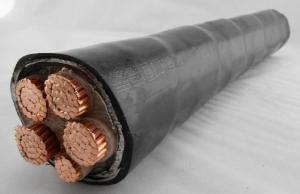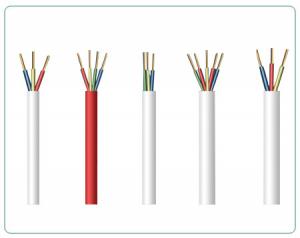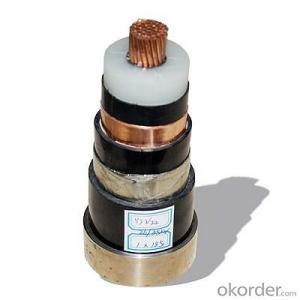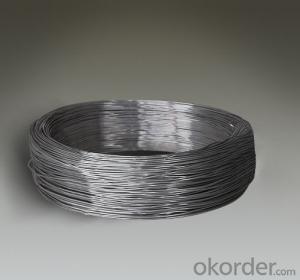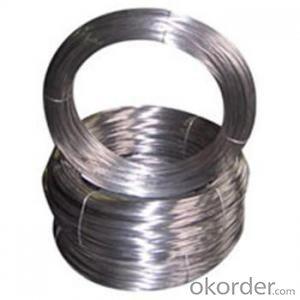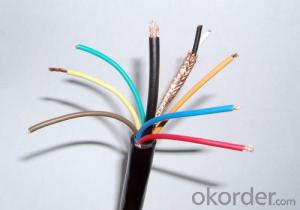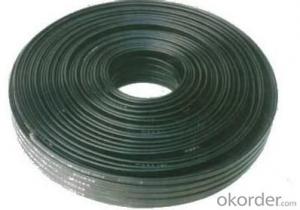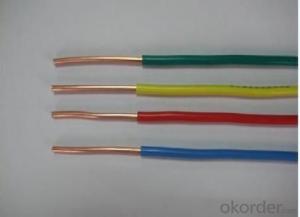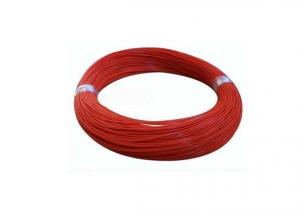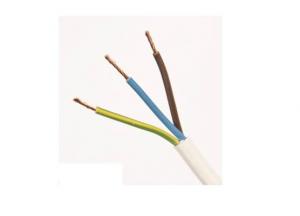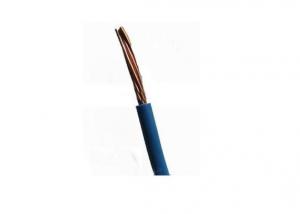Thermocouple compensating wire A quality
- Loading Port:
- Shanghai
- Payment Terms:
- TT OR LC
- Min Order Qty:
- 100000 m
- Supply Capability:
- 1000000 m/month
OKorder Service Pledge
OKorder Financial Service
You Might Also Like
Thermocouple wire ( extension/compensation/compensating):
Type: K, T, N, E, J, L, B, R, S
Insulation or jacket: PVC, Telflon, PFA; Silicon rubber, Fiberglass; Quartz Fibre.
Sheild: Tin-coated copper braid/Stainless steel braid sheild.
Compensation wires and cables are used to extend the cold ends of the thermocouples in the temperature-testing systems. The cable uses imported teflon as insulation and sheath and is produced by advanced extrusion machine on the assembly line. It has good resistance to high and low temperature, acid, corrosiion, aging, as well as oil and water. Working temperature is -60ºC-1200ºC.
Other cables:
1) flame-retardant cable
2) essential safety compensation cable
3) high-temperature cable
Specification: 2 x section mm
Multipair: (4-48)xsection mm
With a strong quality control team and the support of our supply network, we ensure that we could provide our customers with a satisfaction to our products and service for the escalating market demand, for more details, pls feel free to contact us
- Q: Wire inside the two lines, red and black, black line is the line of fire or zero line ah?
- Narrow only includes standardized fasteners Domestic standard parts are commonly referred to as standard fasteners, is a narrow concept, but can not rule out the existence of broad concept In addition there are industry standard parts, such as automotive standard parts, mold standard parts, also belong to the general standard parts
- Q: 5000W of electrical appliances, how much wire to use? 220V
- Single phase with 6 square 3 phase equipment with 2.5 or 4 square on OK OK!
- Q: Does an air conditioner require several square wires? How many air conditioning is a tile?
- It is best to have a routing with a switch bar, it will be cheaper to recommend a lot of routing with Lei Branch NR268 bars If you feel expensive, you can buy NR256 to change the line on the use of ordinary 5 lines can be, the distance should not be long Right now
- Q: can i just use under-ground electrical wiring with out using conduit ??? plus what other requirements will be needed
- For underground wiring, it is essential you use underground feeder and branch-circuit cable (UF cable). it's weatherproof and best for underground burial.The requirement for direct (underground) burial is 24 inches. You need not use a conduit if your going to use the UF cable but be sure to have it 24 inches below ground. if you want to lessen the depth of burial then consider using a conduit. Check your local electrical codes as well to be sure and ask advice from an electrician. Hope this helps
- Q: I want to install a new lighting fixture outside. It says that the supply wire must be minimum 75C. I'm thinking it means 75 degrees Celsius/Centigrade. It's an older house (1950s) and I want to know if the wires it currently has are able to withstand the heat it may generate.
- You actually don't have enough information here to answer the question definitively, but I'm 99% sure you are okay. The new outside fixture is probably less than 150W on a120V circuit with less than 1000W of existing load on the circuit. If the existing circuit already has 1600W of load on a 20A breaker or 1200W of load on a 15A breaker, you need new wire to handle the additional load, regardless of the temperature rating of the wire. The wire rating is how much the temperature of the wire rises above the outside ambient air temperature when carrying the full rated current. If you are not carrying 20A in the wire or you live in a really hot place like Las Vegas, the temperature of the wire gets nowhere near its melting point. Which is what determines the wire rating temperature rating which is based on a 30 degree Centigrade ambient air temperature. Even if the wire is 60C wire, it is tough to raise the wire temperature that much by current flow. Additionally, old wire was designed conservatively. What was called 60C in the 1950's is more like 75C now. Except for the few previously listed caveats, you are fine.
- Q: Can two wires be connected directly like wires?
- Generally it is not possible. The normal network cable connection is through the switch, HUB, router and other equipment conversion.
- Q: i don't have any more information science class-extra creditt THANKS A MILLION
- Copper. It's cheap. It conducts a current (electrical wires) and retains heat (pots and pans).
- Q: A 4400 watt motor is located 930 feet away from the 240v source. The motor's minimum voltage is 220 volts. What size of wire is required to maintain at least 220v at the pump? How much power is lost with this size wire?Please help! Thanks!
- use okorder
- Q: I have a back patio light that is obsolete now that I added a covered porch. Could I add an electrical box, attach additional wiring, run it through conduit and ultimately attach it to a ceiling fan in the overhead patio area? (from the point from where the wiring attaches to the original light)
- Yes it is , but do not hide the box. you must be able to see and open all boxs after the the job is done.
- Q: There is a thing that can measure the location of the wire inside the wall, what is this instrument called? What is its working principle? Thank you in detail
- Heat shrink tubing in the cable connector is mainly from the seal and the role of a certain tightening force, the cable head heat, then the seal will be better
Send your message to us
Thermocouple compensating wire A quality
- Loading Port:
- Shanghai
- Payment Terms:
- TT OR LC
- Min Order Qty:
- 100000 m
- Supply Capability:
- 1000000 m/month
OKorder Service Pledge
OKorder Financial Service
Similar products
Hot products
Hot Searches
